Walking into a public school during the summer you're likely to encounter a lot of cleaning going on, and young people called sweepers, who are working for a couple of months helping the custodian. I can usually tell when the custodian is there because either a country music station is blasting over the schoolwide intercom, or some form of classic rock from the '70s or even '60s. When the kids are there without adults they are usually playing something harder and more modern.
I walked into a school the other day and heard classic rock: Styx singing the song with the line, "Domo aregato, Mister Roboto," which is one of those catchy lines and tunes that stick in the head of an obsessive-compulsive type like me and drives me practically to the point of committing mayhem.
Luckily I've learned to channel that destructive energy in more creative ways. I thought about the robot toys my son and I gathered over the years. David grew up in the early '80s watching TV shows like Robotech, Voltron, et al, and while I really didn't watch them with him, I ended up shelling out $$$ for Christmas and birthday presents featuring those characters.
David has left his toys at my house, to pick up sometime in the future. He took care of every one of his toys and the best of them (most expensive, that is) are still our basement. In the meantime I keep the robots on a display shelf in a room where I keep most of my books.
The first is what I call Voltron and Son...two different metal and plastic versions of the same robot. The tall one is pretty tall! He's heavy, too. I don't dare take things like this apart and fold them into the origami designs the clever Japanese designers created. David can, and could when he was a kid. I used to be dazzled watching his deft fingers change the configurations of these characters in seconds. Unlike his friends, who usually broke even indestructible toys like this in a short time, David was able to preserve his, and found out quick not to let his buddies play with his toys.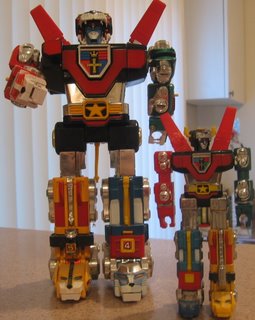
I don't know the name of this guy, who is about 6" tall, metal, heavy. The wings and chest ornament, or armor, are made of plastic. I seem to recognize the character, but not quite. I think I've seen some manga or noticed him in the past. Anyone? Name?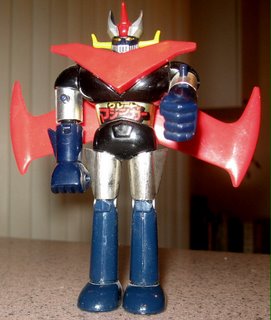
In 1980 I worked for a bookstore and helped set up a booth at the 1980 San Diego Comicon. That year several artists from the Japanese comic book and animation industry were visiting and had booths. Among other things, they were selling these little toys like Astro Boy and pins for about a buck apiece. In case you don't know, Astro Boy is a robot, an important figure in the history of Japanese comics and animation. He's the ancestor of the more complicated and intricate robots pictured above.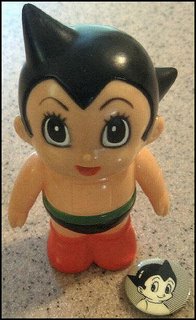
The Robot Captain is something I bought many years ago from a toystore. It reminded me of when I was a kid in the '50s and Mom used to buy this sort of thing for me. Next to outer space, spaceships, flying saucers and such, I thought robots were the coolest. Too bad the box hasn't fared as well as the Captain himself. Incidentally, the Captain is basically plastic which disappointed me...
...but the next guy didn't. He's the Rocket Racer, mostly lithographed tin except for his head, which is made out of rubber. Yeah, this is cheating because he's not Japanese, but a newer toy made in China in the old style, but he was an especially nostalgic buy for me. Like a lot of people, I wish I had back all of the cheap toys I had during the 1950s. I had several things like this that I just discarded because I didn't think they were worth keeping.
Besides, how could I resist something that is RICTION, with siren?
Ciao for now, and domo aregato for reading this, El Postino


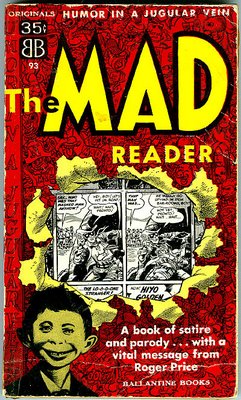


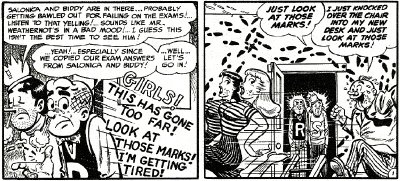
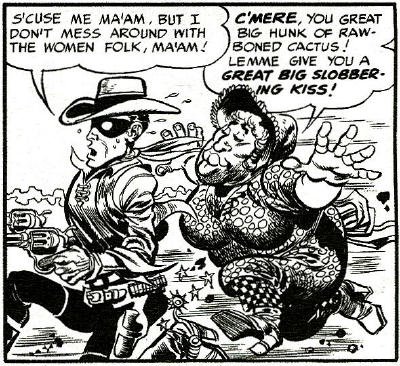


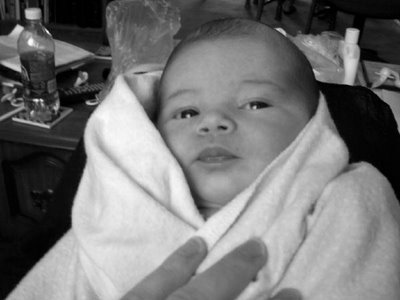





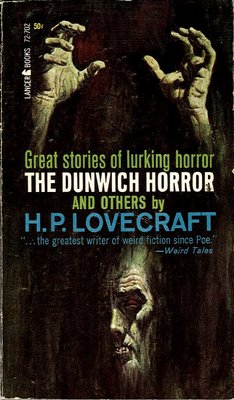
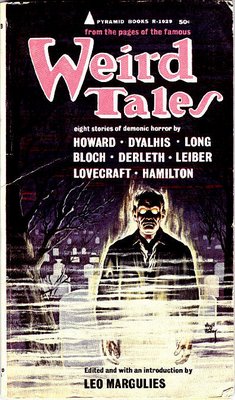 A follow-up volume, Worlds Of Weird, is listed as being published in January, 1965. There are some genuinely fine stories in this volume, including "Valley Of The Worm" by Robert Howard (by then I was very familiar with Howard's work, having searched out some of his Conan the Barbarian stories), "He That Hath Wings" by the perennial favorite Edmond Hamilton, and "Roads," by Seabury Quinn, which is a straight-faced Weird Tales-style biography of Santa Claus!
A follow-up volume, Worlds Of Weird, is listed as being published in January, 1965. There are some genuinely fine stories in this volume, including "Valley Of The Worm" by Robert Howard (by then I was very familiar with Howard's work, having searched out some of his Conan the Barbarian stories), "He That Hath Wings" by the perennial favorite Edmond Hamilton, and "Roads," by Seabury Quinn, which is a straight-faced Weird Tales-style biography of Santa Claus!
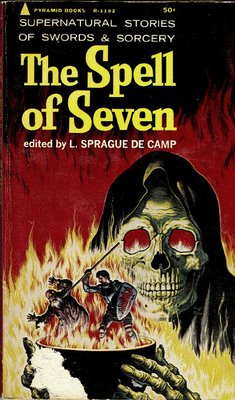 These books opened the door to a world of wonder to me, and have led to a lifelong fascination with Weird Tales, a magazine I believe will only grow in reputation even as the existing copies become brittle and crumble to dust.
These books opened the door to a world of wonder to me, and have led to a lifelong fascination with Weird Tales, a magazine I believe will only grow in reputation even as the existing copies become brittle and crumble to dust.  Tomorrow I Die
Tomorrow I Die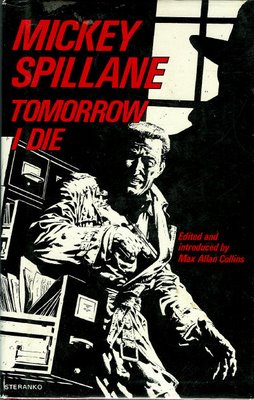 I'm also including the biographical piece from the back cover of My Gun Is Quick, which claimed that Spillane had "25 cats." I visualize him trying to pound out a chapter with several cats climbing over and sitting on his typewriter while he worked. That information belies the two-fisted, hardboiled image of his books.
I'm also including the biographical piece from the back cover of My Gun Is Quick, which claimed that Spillane had "25 cats." I visualize him trying to pound out a chapter with several cats climbing over and sitting on his typewriter while he worked. That information belies the two-fisted, hardboiled image of his books. 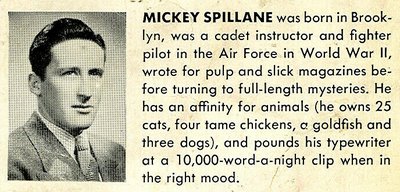 Spillane's most popular character, Mike Hammer, was a violent, tough private eye on the side of the law. Kinda. He was an anti-hero with heroic tendencies. The books had 1950s sex scenes (i.e., the bedroom door closed just before the hot stuff), killings, beatings, all the fun sleaze of early paperback books.
Spillane's most popular character, Mike Hammer, was a violent, tough private eye on the side of the law. Kinda. He was an anti-hero with heroic tendencies. The books had 1950s sex scenes (i.e., the bedroom door closed just before the hot stuff), killings, beatings, all the fun sleaze of early paperback books.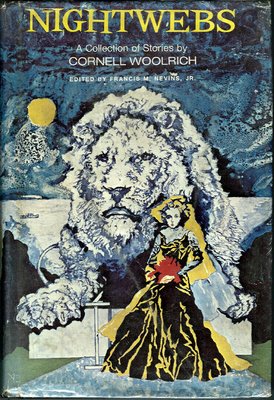 Detour is good because the paranoia is real. The main character is looking for an old girlfriend and becomes caught up in a swirl of events beyond his control, and gets in deeper and deeper with every scene. He and his leading lady also give each other the paranoid squint, which is a dead giveaway.
Detour is good because the paranoia is real. The main character is looking for an old girlfriend and becomes caught up in a swirl of events beyond his control, and gets in deeper and deeper with every scene. He and his leading lady also give each other the paranoid squint, which is a dead giveaway.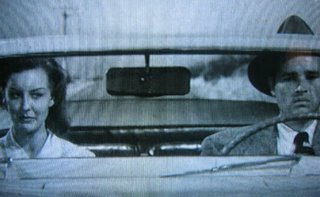


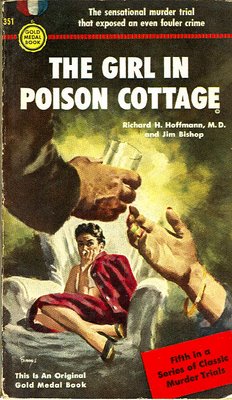
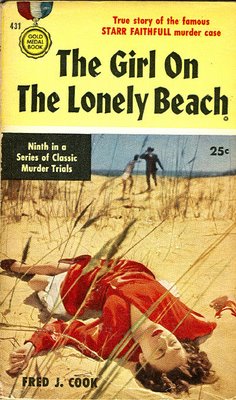

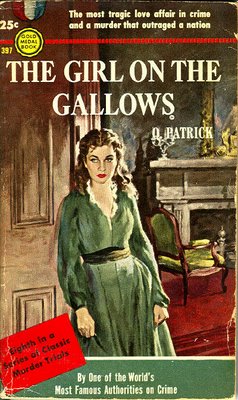
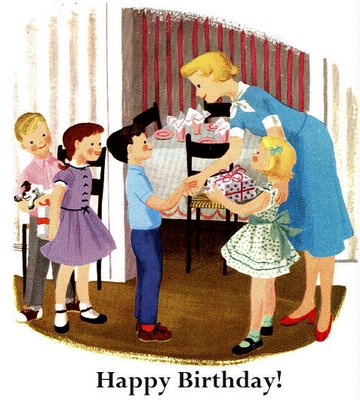
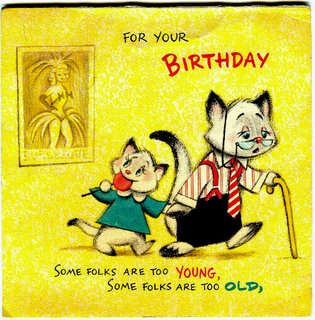

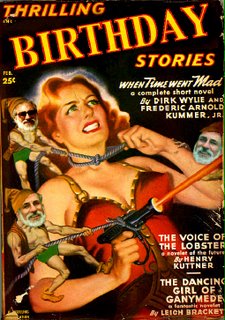
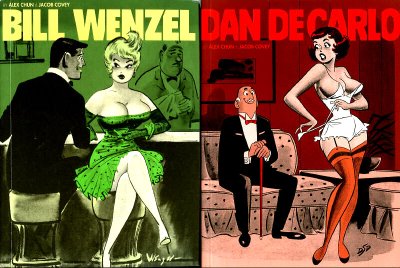
 Dan DeCarlo died in 2001, but for many years he drew Betty and Veronica for Archie Comics. He also created Josie And The Pussycats, which was the end of his association with Archie when he sued the publisher for royalties he felt were due him from their licensing of the characters for movies and other things. Even in Comics Code-censored comic books, Dan DeCarlo's girls had a sort of sexuality that appeals to us.
Dan DeCarlo died in 2001, but for many years he drew Betty and Veronica for Archie Comics. He also created Josie And The Pussycats, which was the end of his association with Archie when he sued the publisher for royalties he felt were due him from their licensing of the characters for movies and other things. Even in Comics Code-censored comic books, Dan DeCarlo's girls had a sort of sexuality that appeals to us.
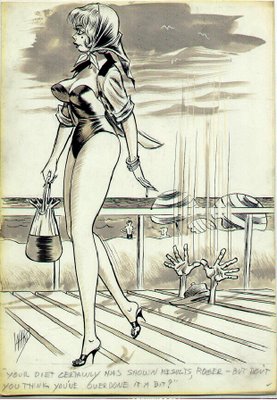
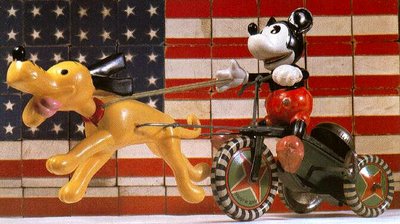
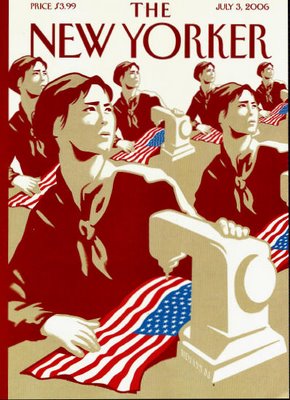 .
.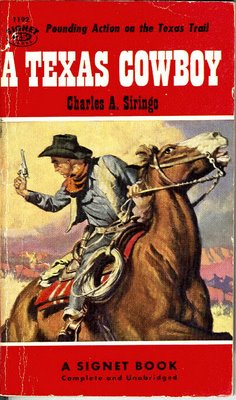


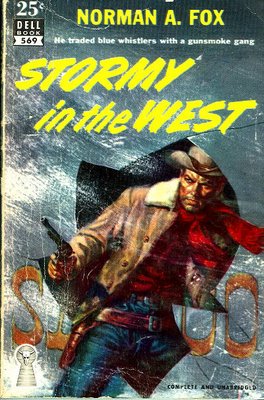





 Bella meets her sister, Gabby, for the first time.
Bella meets her sister, Gabby, for the first time.

